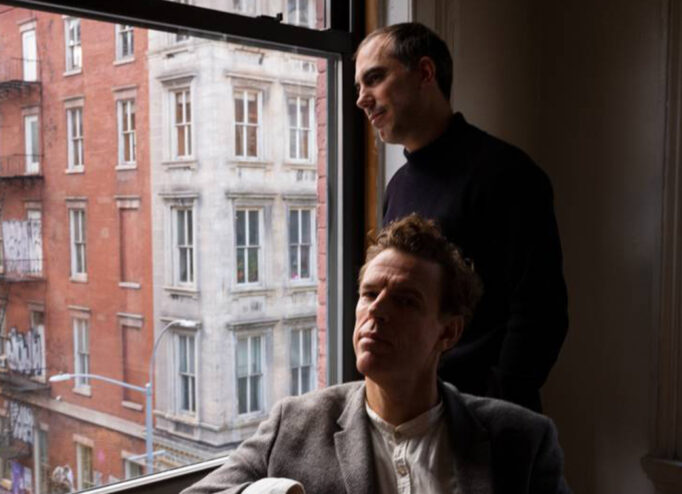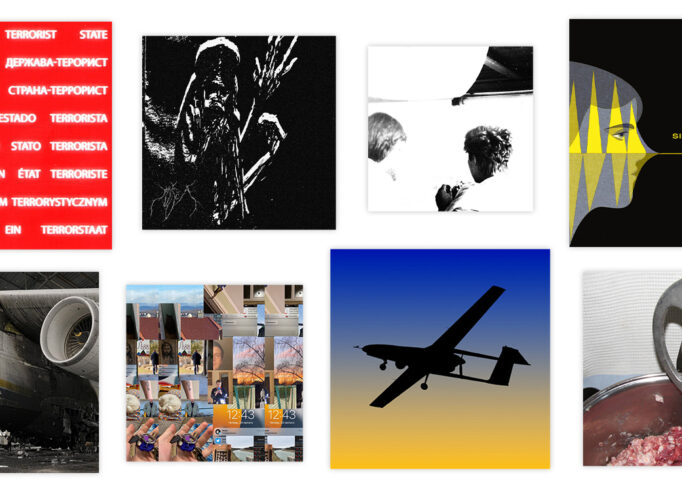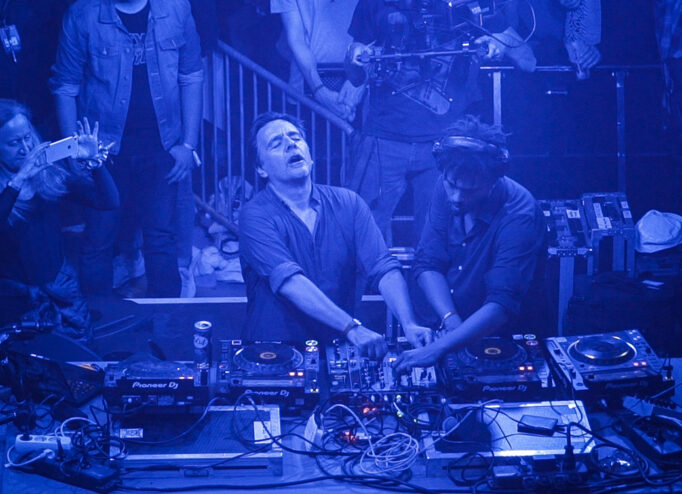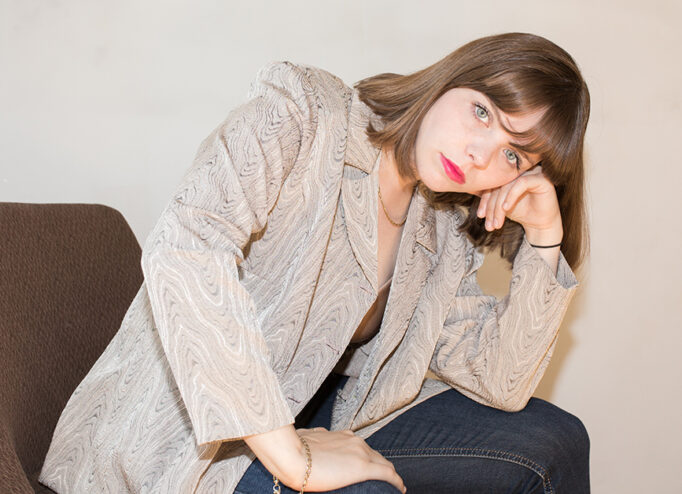The EVE8 team held two seasons of streams with the support of the Ukrainian Cultural Foundation in different cultural and natural sights of Ukraine ranging from ancient castles to lakes and high-mountain locations. The first season has already been broadcast on MEGOGO, and now the organizers are preparing for the next challenge. DTF Magazine talked to the founders of EVE8 about the difficulties of organizing such events and the popularity of streams in the post-COVID period.
During the new season the team arranged live broadcasts from five locations: Vladimir Gnatenko performed on Pip Ivan Mountain, iokloo feat. acidmamba & Nick Tsho performed on Berezan Island, Poly Chain performed on Pink Lake, Zymosis performed on Stanislavski Kruchi, and Komponente & Kurilo performed by the bay in Bakota
— You’ve done two great seasons of concerts at cultural and natural landmarks in Ukraine. Does the end of the season wear you out or inspire you for a new one?
Anton: Live streaming is exhausting, and the results and new acquaintances with talented people are inspiring. Ideas emerge with each subsequent trip. There are already new locations, artists, and plans for winter and summer. Everything is developing exponentially.
Alyona: We finished our season with the Ukrainian Cultural Foundation. Now we are negotiating with new partners to continue to showcase talented producers and the beauty of Ukraine. We are planning a festival for the summer. It is a logical step to the project.
— You wanted to draw attention to old monuments and unusual places so that they would become a «tourist magnet». Do you think it worked?
Anton: If you look at the reviews in the comments, listen to the impressions during the meeting at the parties, it is clear that many have seen some of the castles-museums, Pink Lake, national parks for the first time. We don’t just pick a place because of a cool picture and go shoot it, we do in-depth research to find out what the message is in it
We wanted to draw attention not only to the sights, but also to the electronic scene in Ukraine. It is not inferior to its world analogues, although it is not in such a favorable situation compared to European countries. We hope that conditions for a more dynamic development will be created in our country too. For example, night clubs in Berlin have got the same status as museums. They are cultural institutions. It is the newest culture. It’s a super creative and professional community. This is what our project is about. At our level, we believe that we have succeeded in attracting attention. In this context, it is cool that the UCF supported EVE8. But we need much more effort beyond a single project if we are talking about the whole country.
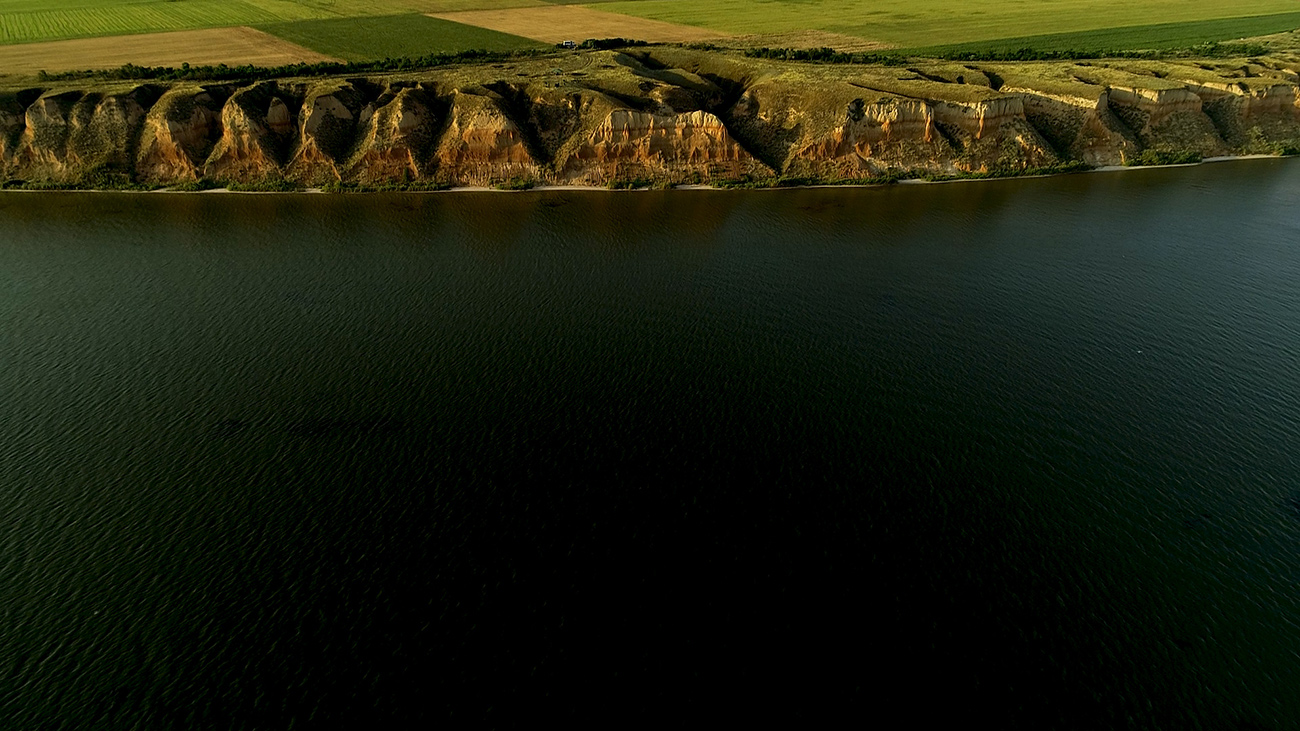



Alyona: We need to constantly create a variety of content so that locations become really «tourist magnets» in a broad sense. This is already a long-term information strategy of the ministries, which consists of attracting film studios, streaming services, small productions, organizing events, creating infrastructure. By the way, there are enough infrastructure gaps that we are primarily testing on ourselves. But this is a moment for development, for possible investment in the regions. All the local united territorial communities and administrations are very interested in promoting their locations and provide full support, namely permits, administrative decisions and so on. That’s fine, but it leaves much to be desired in terms of infrastructure.
— How did the idea of musicians performing in Ukrainian museums and sanctuaries come about?
Alyona: One of the trends of modern culture is electronic music. It cannot be ignored as a cultural influence, so the combination of classical cultural centers and modern manifestation of creativity seemed to us a good idea. I like the parallel with the jazz motif during the live broadcast. Jazz is loved for the professionalism of the musicians and the fact that this performance will never be the same the next time. It’s the uniqueness of the moment and the content. You won’t get the same sound even if you want to attend a performance a second time.
We were watching what trends there were in the world. By that time there was already Boiler Room, Mixmag, and Circle. Mixmag started experimenting with streaming in nature, then stopped. We watched it and decided to do it. We created the first season on our own with our artist friends: we traveled through the Western Ukraine and filmed.
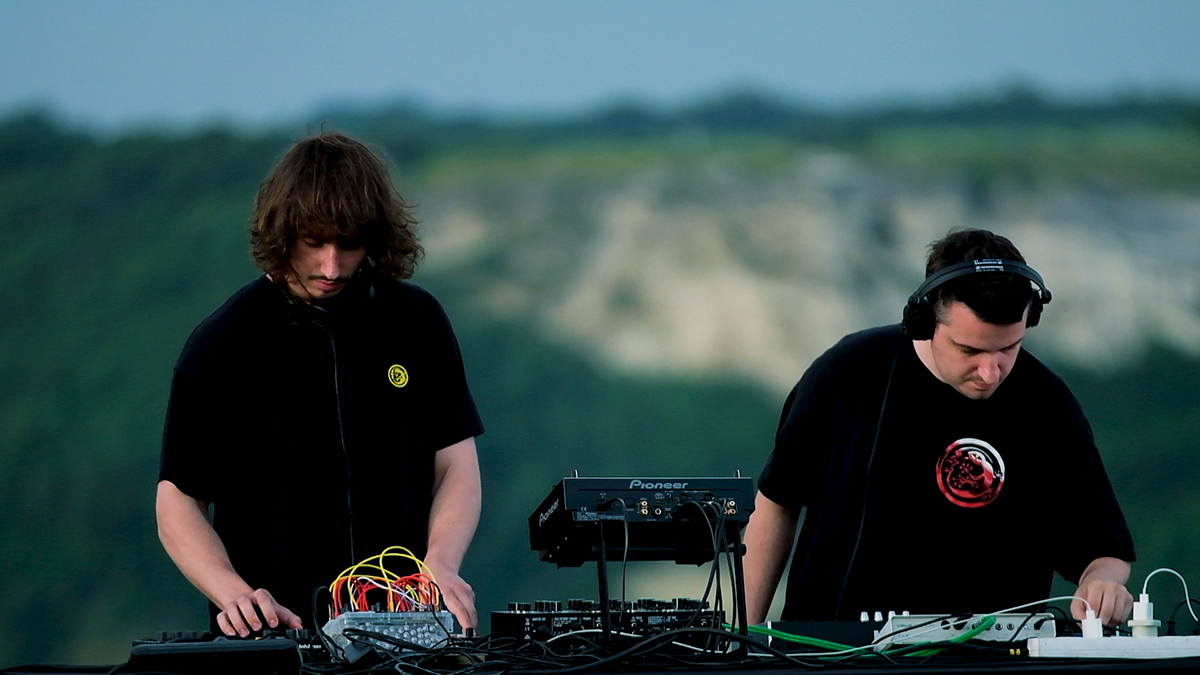
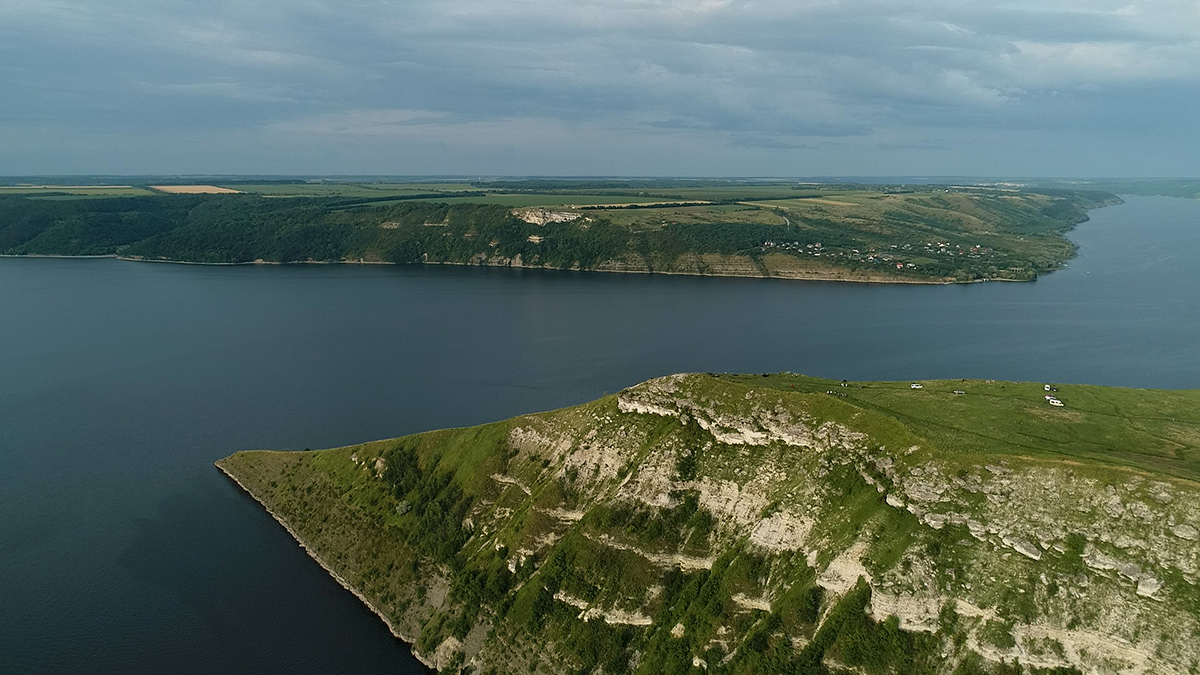
— You call mostly those who write their own music. In general, there are a lot of such artists in Ukraine, but there are few media artists who could attract the attention of the audience. Do you feel that you have hit the ceiling?
Alyona: We can also call media personalities (laughs).
Anton: It really depends on the talent here. Media or non-media is the artist’s work in the right direction, and creativity has no «ceiling». You have to have a little bit of fortune to be a media personality, too. Every year there are artists who come out on the surface. For now, we’re only interested in those who make their own music. We need a direct dialogue with the direct rights holder according to the EVE8 development plan.
— Do you feel the competition of streams with electronic artists? Are there any changes due to the end and beginning of the quarantine?
Anton: You can also see it on social networks: there wasn’t that many before the quarantine. We were in the studio in Lviv and we did about thirty broadcasts with local DJs. Then the boom began. Everyone began to make streams. The work of Facebook and YouTube algorithms is more tangible.
Alyona: We felt that deflection a little bit, but we try to do something individual and special, so we have enough subscribers, views and broadcasts. It also depends on the location. The music and the artist are in symbiosis with a certain space.
— Do you feel that streaming might lose popularity because people are tired of it? You have to keep the viewer interested in new content.
Anton: I think the question here is more about the platform, because a lot depends on it. The uniqueness of the content is important, but the choice of platform is just as important. For example, Telegram has now introduced a live streaming function. It’s not completely finished, but I think that those who will be the first to do it will find a new audience. Everything is clear about YouTube, but other resources are needed.
Alyona: We live in a time of «emotional inflation», but interesting content will not lose its relevance. The question here is how to make it interesting for the audience.
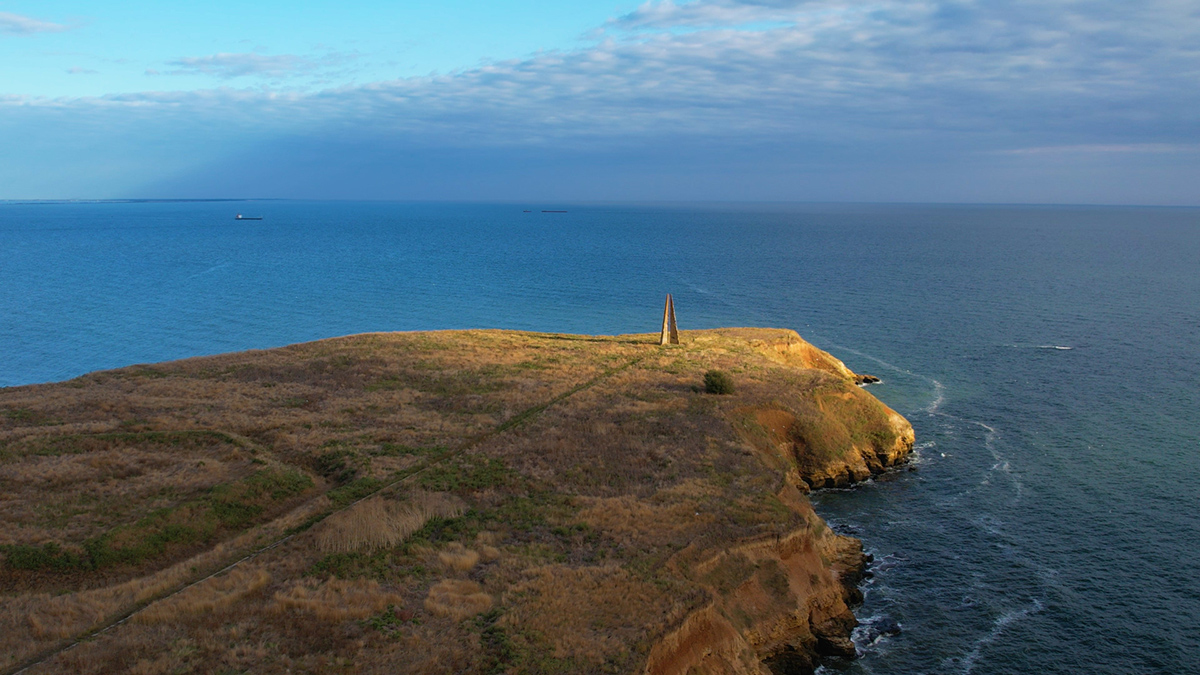

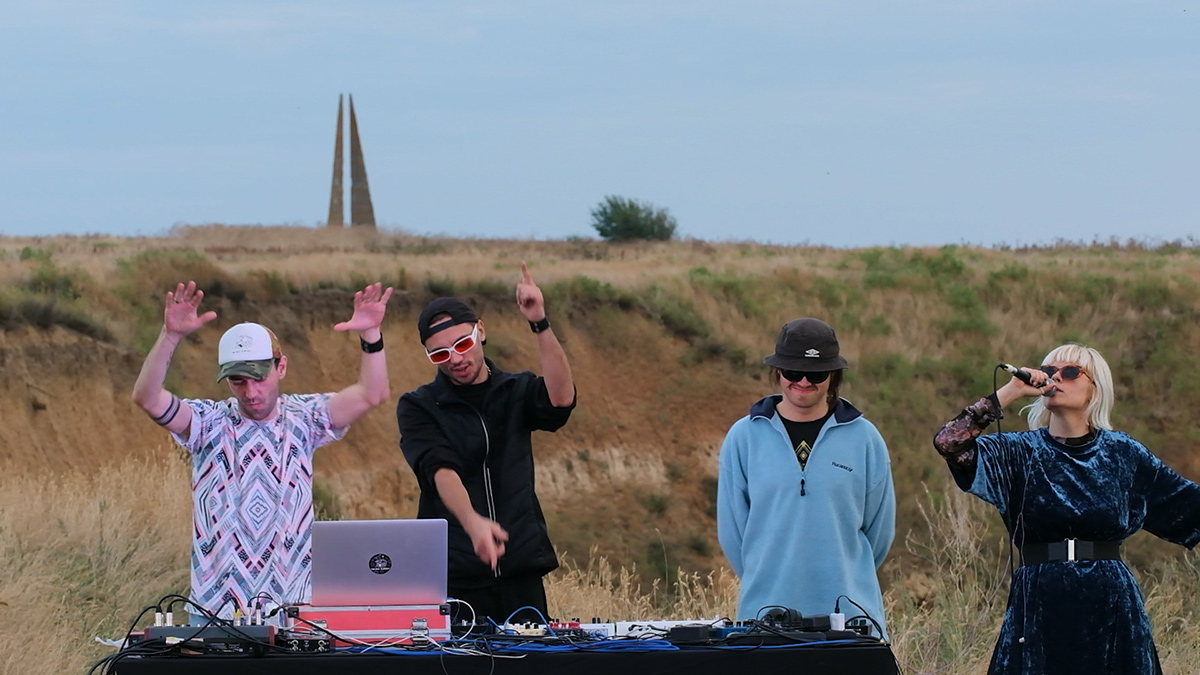
— Are you planning collaborations with foreign platforms?
Anton: We had some ideas. Some of them are in development. We wanted to go to the Spanish region of Galicia. It borders the Atlantic Ocean. They started live music streaming on YouTube there as one of the first in the world. At the time, Facebook didn’t have that feature yet. We invited the organizers to work with us. They were interested, they liked it, but they asked how we produced electricity. How do we do that? If we have a generator, we have electricity.
They didn’t say no, but we delayed this project because they do live broadcasts only with renewable energy and solar panels. For them, as for us, the ritual of combining nature, the artist’s work, and historical heritage on air has a certain magic.
They were the first to shoot in Cappadocia, when there weren’t even drones yet. These are sunny regions, so panels can work, and we already have a lot of risks with broadcasting, and then we have to worry about clouds. We’re determined to do broadcasts using renewable energy. I don’t know how. Maybe we should rent a Tesla Cybertruck as a battery? (laughs).
— You had a high-altitude broadcast. What is the hardest thing about organizing such a live broadcast?
Alyona: Every event is some kind of interesting story. There are moments and fuck-ups at each location. Pink Lake was an invasion of a million ladybugs and cicadas. They squeaked a lot, and we got there just as they were hatching. At first they attacked, but then they calmed down. We were told there would be fewer of them by evening.
Anton: The whole team is nervous, ten minutes to air, and we don’t know if it will happen at all. Poly Chain couldn’t do the soundcheck five times, because when she came up to the stage, there was a cloud of cicadas around her. They were getting into the keys, so we had to shake out the synths.
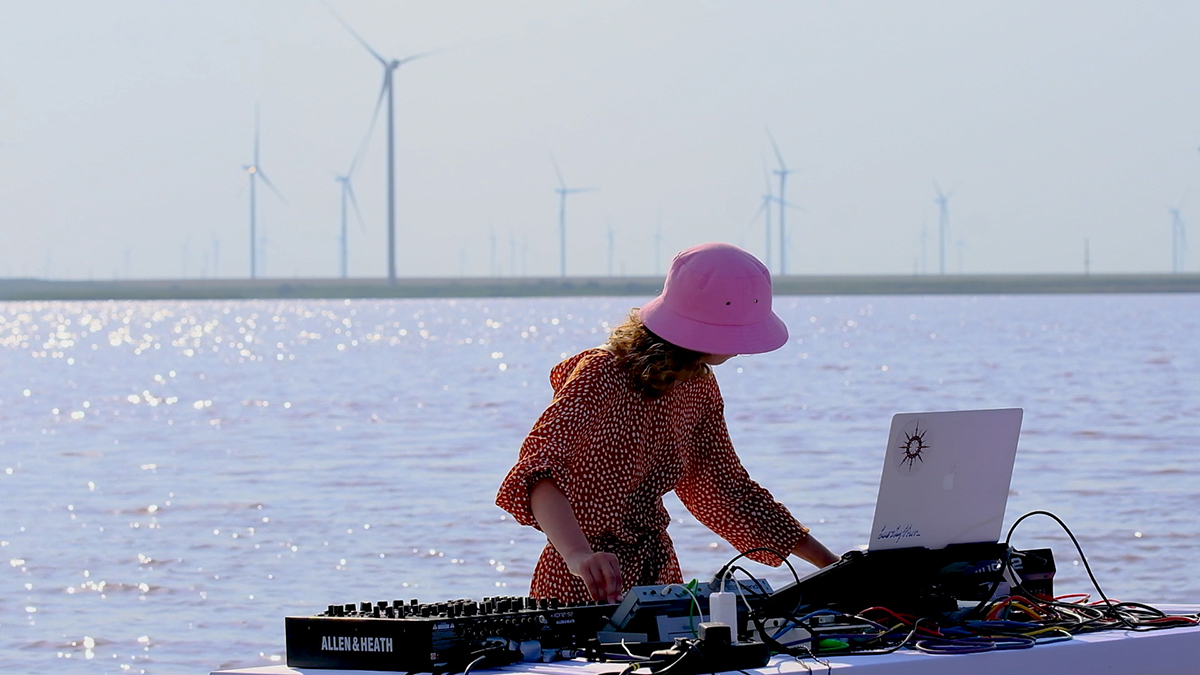

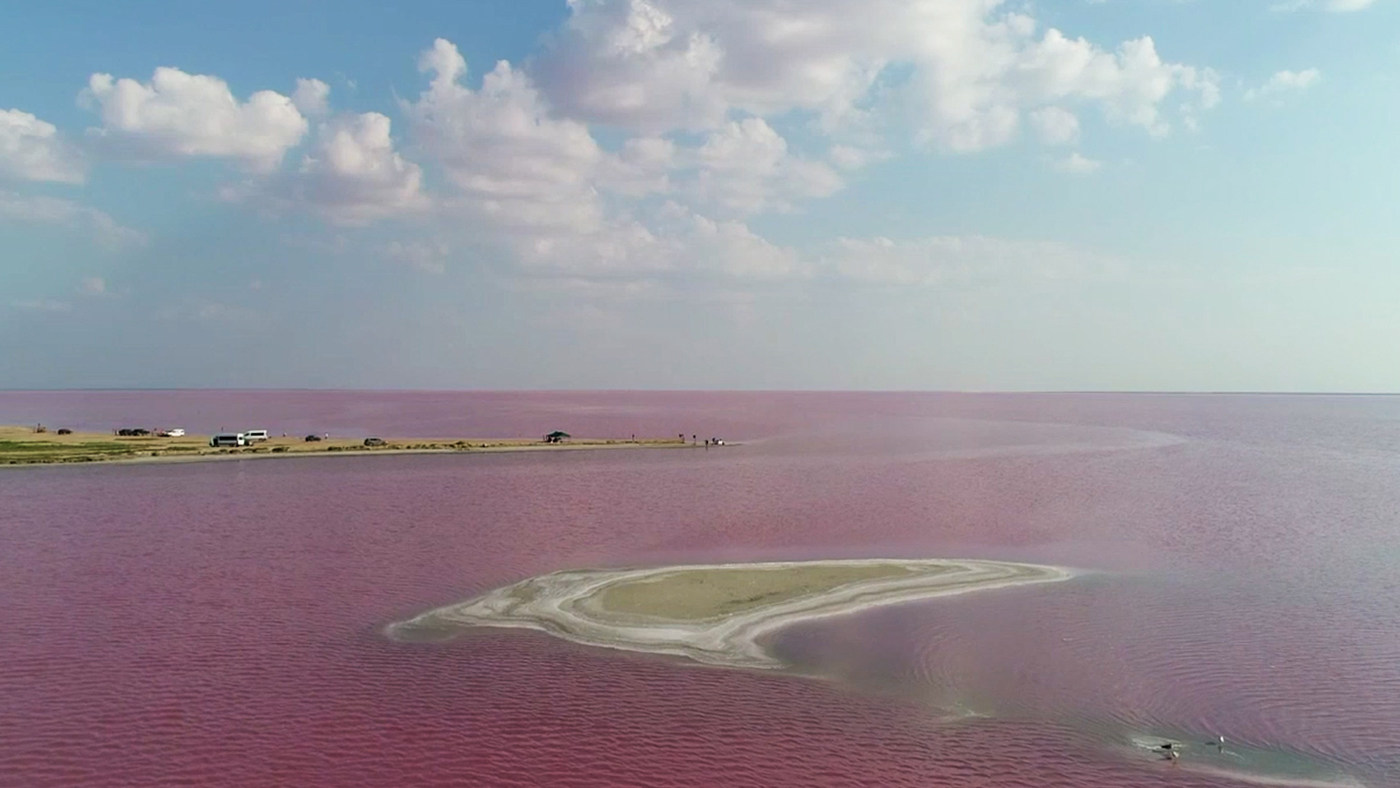
Alena: They were all over the place. You can tolerate it for 10—15 minutes, but if they’ve been crawling all over your body for five hours, it’s super ugh.
Anton: If you leave out the technicalities, the hardest thing about organizing is getting a team together for an adventure. It’s a real adventure, an accident, and a team outing. There are no random people on the project team — all are professionals in their field. There are often physical challenges. For example, in Berezan we were waist-deep in cold water and pulled 500 kilograms of equipment to bring it to the island from the island and then along the island.
Alena:
On Mount Pip Ivan we had a long time to arrange a transfer. There’s only one car that can go there, but it’s also a ride on the «lawn» for almost four hours.
Anton: It’s too extreme. People are dying on that rise. The Precarpathian National University helped us a lot, contributing directly to this project. It is difficult to get to Pip Ivan in terms of organization: involved and border guards, and SES, and the rector of the Precarpathian National University, and the directorate of the reserve. The team is important in such projects. Any emergencies are quickly resolved if it is united, all support each other and worry about the result.
Alena: The people on the team are already used to this kind of story. They know it will be a logistical quest with a wow effect. It’s harder with artists.
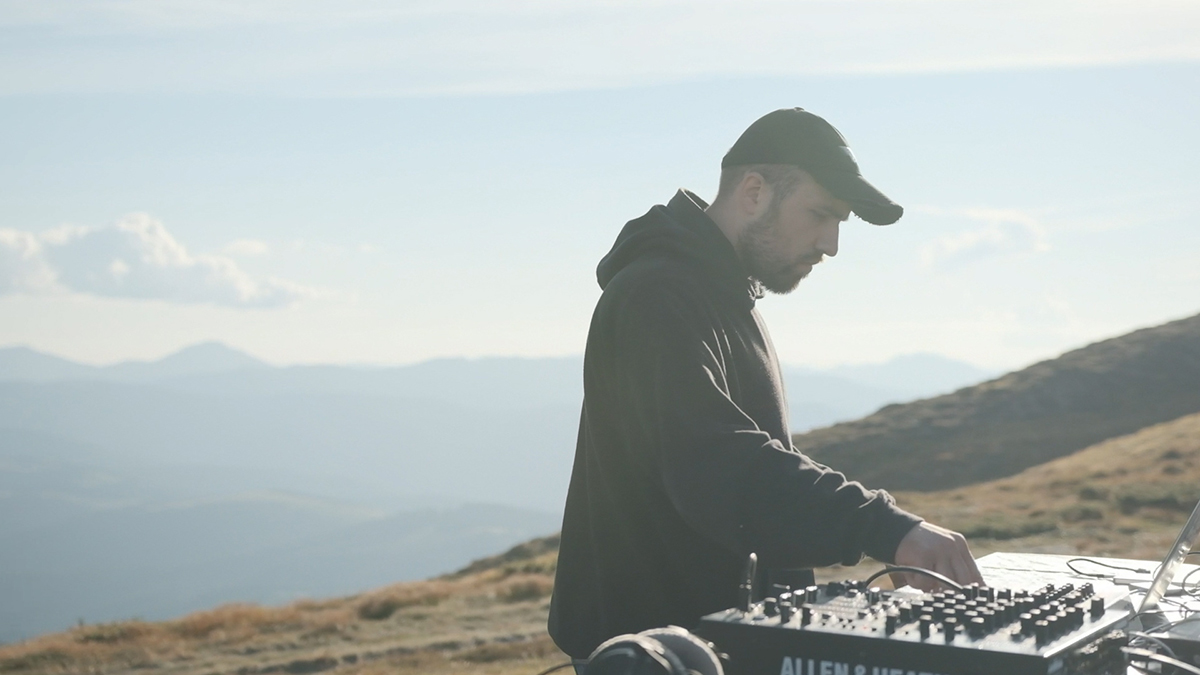
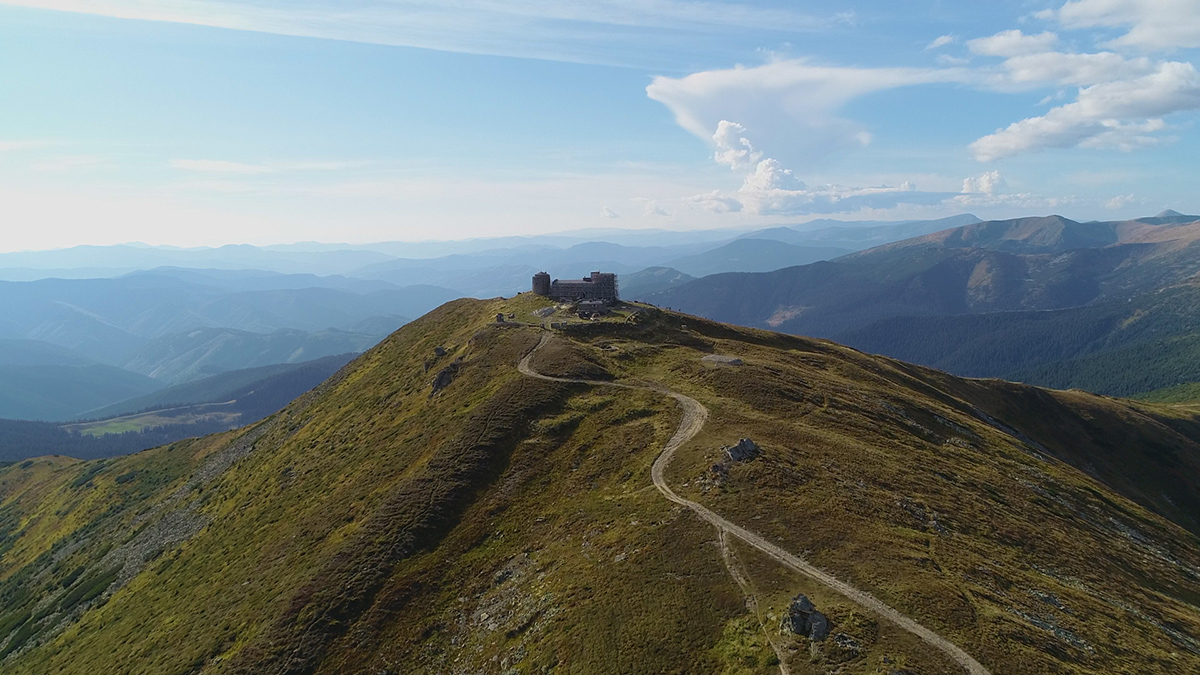
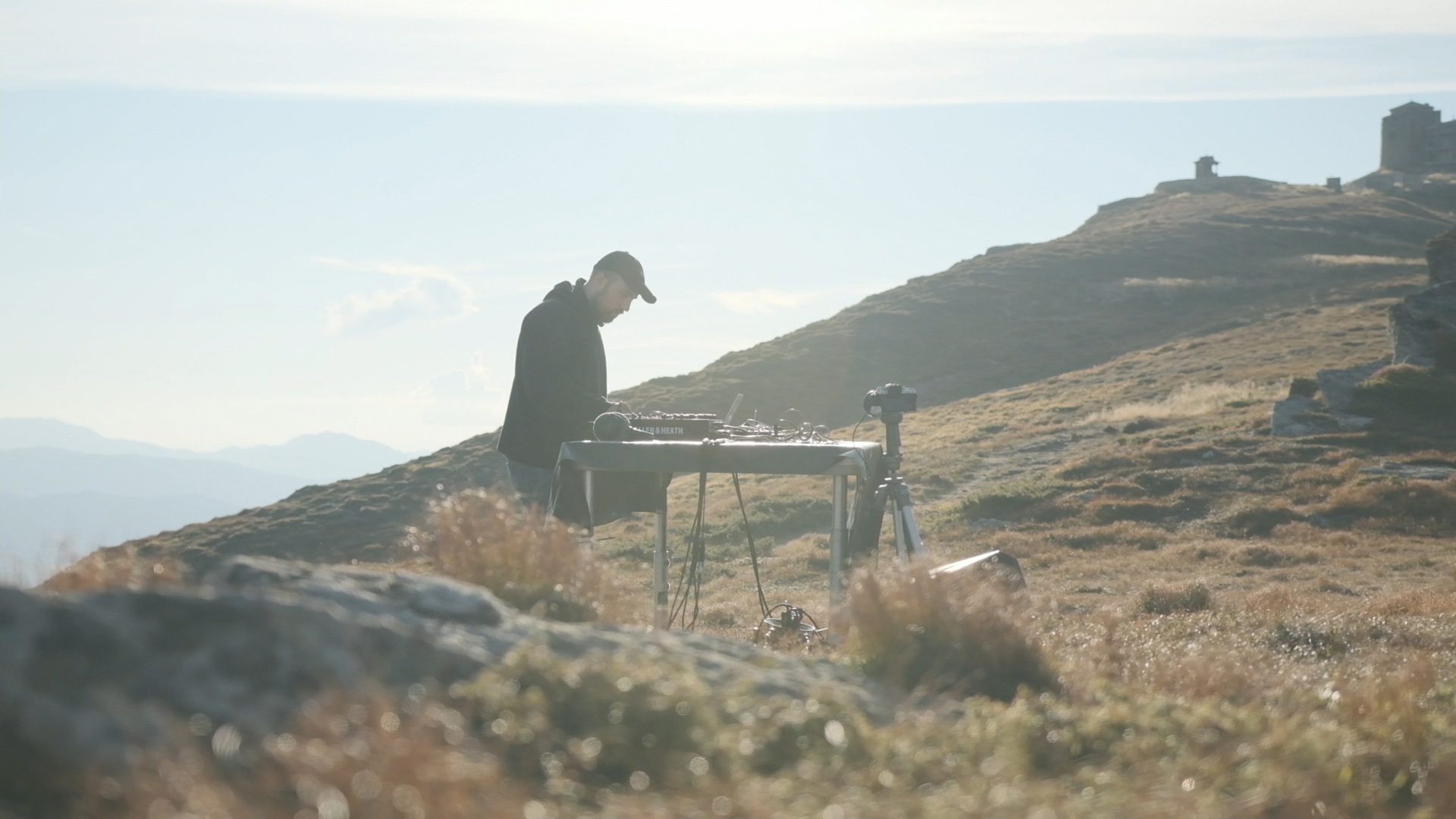

— What advice would you give before the start of the first season?
Anton: Do you need it? (laughs).
Alena: The Ukrainian Cultural Foundation helped a lot in the development, because I do not know if we could have reached this level in Ukraine without it. We still organized the event on our own, but, for example, a team trip for five days (accommodation, food, travel) is pretty tough. UCF surprised us by seeing this as a prospect. We thought that the narrative now is that there are only junkies in electronic music, all the festivals are a bunch of second-rate incomprehensible people, and electronic music is a squeaker. And the foundation’s help is an impetus for development.
— What spot would you really like to get for a live broadcast, but it’s not possible yet? And why?
Anton: There are some locations that we don’t want «to light» yet. They’re cool for different reasons. It could be some cool castles. We do our research, read a lot of materials and we can say 100% that there is no such country as Ukraine anywhere else in the world. There are many more mysteries, not that they are unsolved — they are just not «media». We have two locations: one is the Kamyana Mohyla (25,000 years), and another one is little-known, it’s older (40,000 years). They’re not for raves — they’re more for silent-air. But we have locations for raves, too.
If we talk about difficult and desirable locations, it is the Crimea, of course.
This article was prepared with the support of:


